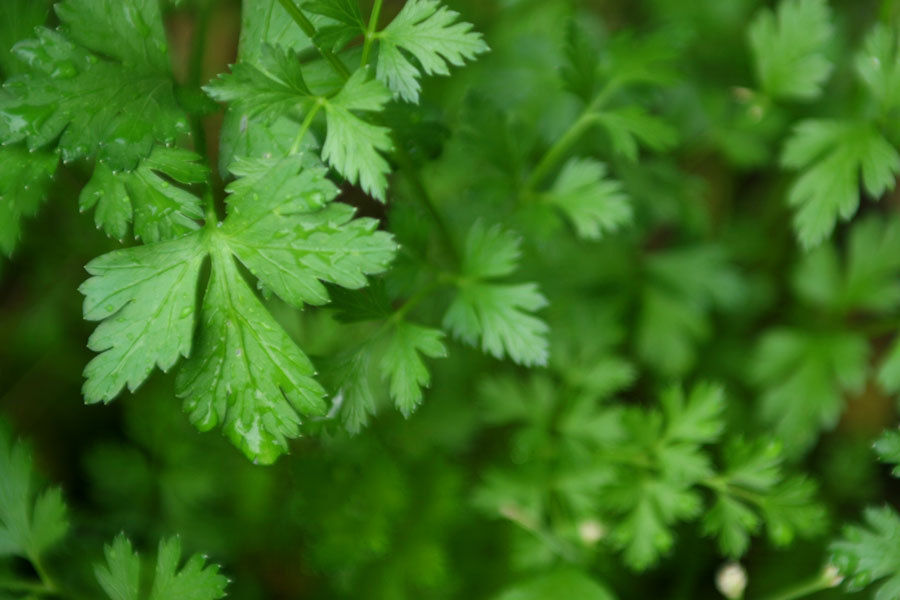How Industrial Vegetation Control Protects Infrastructure
- A.Manning

- 7 days ago
- 4 min read
Industrial vegetation control is an essential practice that ensures the safety and longevity of various infrastructures, including roads, railways, power lines, and buildings. Vegetation growth can result in significant complications for infrastructure, causing damage, increasing maintenance costs, and posing safety hazards. In this post, we will explore how effective vegetation management can mitigate these risks and enhance the reliability of industrial systems.
The Importance of Industrial Vegetation Control
Vegetation is a natural part of any environment, but in industrial settings, uncontrolled growth can lead to a plethora of challenges. One of the most significant issues is that roots can disrupt pavement and other structural components, leading to costly repairs. Moreover, overgrown vegetation can obscure vital signage and signals, posing a danger to vehicles and pedestrians.
Studies have indicated that properly managed vegetation can prevent up to 40-50% of infrastructure-related damage caused by natural growth. Organizations that invest in managed services often see a reduction in their maintenance budgets, as they spend less on repairs and more on preventive measures.

Methods of Vegetation Control
There are various methods of industrial vegetation control that can be applied depending on the type of infrastructure and the surrounding environment. Here are a few effective strategies:
Mechanical Control: This involves the physical removal of plants. Mowers, trimmers, and other machinery can be used to keep vegetation in check. It is especially effective for larger areas where chemical methods may be unsuitable.
Chemical Control: Herbicides can be applied in targeted areas where mechanical methods are difficult or impractical. This approach is often combined with integrated pest management practices to minimize environmental impacts.
Cultural Practices: Adjusting maintenance practices in ways that deter unwanted vegetation can be very effective. This includes practices such as mulching, which suppresses weed growth and improves soil health.
Natural Barriers: In some cases, creating natural barriers that inhibit growth can also function as a long-term strategy. Using rocks, logs, or other materials can provide an effective deterrent to unwanted vegetation.
Maintaining infrastructure effectively involves a balanced combination of these approaches, depending on specific conditions and types of vegetation present.

Benefits of Industrial Vegetation Control
The benefits of effective industrial vegetation control go far beyond aesthetics. Here are several key advantages:
1. Improved Safety
Vegetation can obstruct visibility, making roads and railways hazardous. Keeping areas clear improves sight lines for both drivers and maintenance crews. Clear paths also reduce the risk of accidents that might occur due to obstructions.
2. Cost Efficiency
Regular vegetation management minimizes the risk of significant infrastructure damage that typically incurs high repair costs. For instance, overgrown roots can lift pavement or undermine structural integrity, leading to potential replacement expenditures that could have been avoided through regular maintenance.
3. Environmental Benefits
While it may seem counterintuitive, appropriately managing vegetation can also contribute positively to the environment. For example, localized clearance can enhance biodiversity by allowing native species to thrive and reducing competition from invasive species.
4. Aesthetic Improvements
While not a primary concern in many industrial areas, an aesthetically pleasing environment can enhance employee morale and even improve perceptions of the business by visitors and the surrounding community. Controlled vegetation can help create a visually appealing setting, promoting a positive image.
By implementing a comprehensive approach to vegetation control, companies can enhance safety, reduce costs, and even contribute to environmental stewardship.

Best Practices for Implementing Vegetation Control
To ensure effective vegetation control, organizations should adopt best practices that encompass planning, execution, and monitoring. Here are some tips to consider:
1. Conduct a Thorough Assessment
Before implementing any control measures, a thorough evaluation of the area is necessary. Understanding the types of vegetation present, their growth patterns, and root structures will inform the best approach for control.
2. Develop a Comprehensive Plan
A detailed vegetation management plan should be developed that includes timelines, resources, and methods. By anticipating needs and streamlining processes, planning can enhance efficiency and effectiveness.
3. Invest in Training
Employees may require additional training to effectively implement vegetation control measures. Investing in knowledge and skill-building can lead to improved outcomes and safer working conditions.
4. Monitor and Evaluate Progress
Regular monitoring of the effectiveness of applied control measures is essential. It allows for timely adjustments as needed, ensuring that the management plan remains adaptable and effective.
5. Engage with Specialists
Partnering with professionals who specialize in vegetation management can provide access to expert knowledge and tools that may be unavailable in-house. This collaboration can enhance the effectiveness of control measures.
By following these best practices, organizations can implement an effective vegetation control strategy and experience the multiple benefits that accompany it.
The Future of Industrial Vegetation Control
As industries continue to evolve, so too will the methods of industrial vegetation control. Advanced technologies, including drones and remote sensing, are paving the way for innovative approaches to monitoring vegetation growth and assessing vegetation health.
Additionally, environmental sustainability will play a critical role in shaping future practices. More industries are recognizing the importance of integrating sustainable practices into their operations, which will lead to an increased focus on environmentally friendly vegetation control methods.
Ultimately, the foundational goal remains the same: protecting infrastructure from the hazards posed by uncontrolled vegetation growth. As technology continues to advance and new methodologies are developed, organizations will have the tools necessary to manage their surroundings effectively and sustainably.
By incorporating these strategies into daily operations, organizations can safeguard their infrastructure, create safer environments, and ensure that vegetation management aligns with broader organizational goals.
In summary, adopting a proactive approach towards industrial vegetation control not only secures infrastructure but also provides numerous environmental, safety, and economic benefits. As industries advance and our understanding of vegetation management grows, the future looks bright for sustainable and effective vegetation practices.




Comments